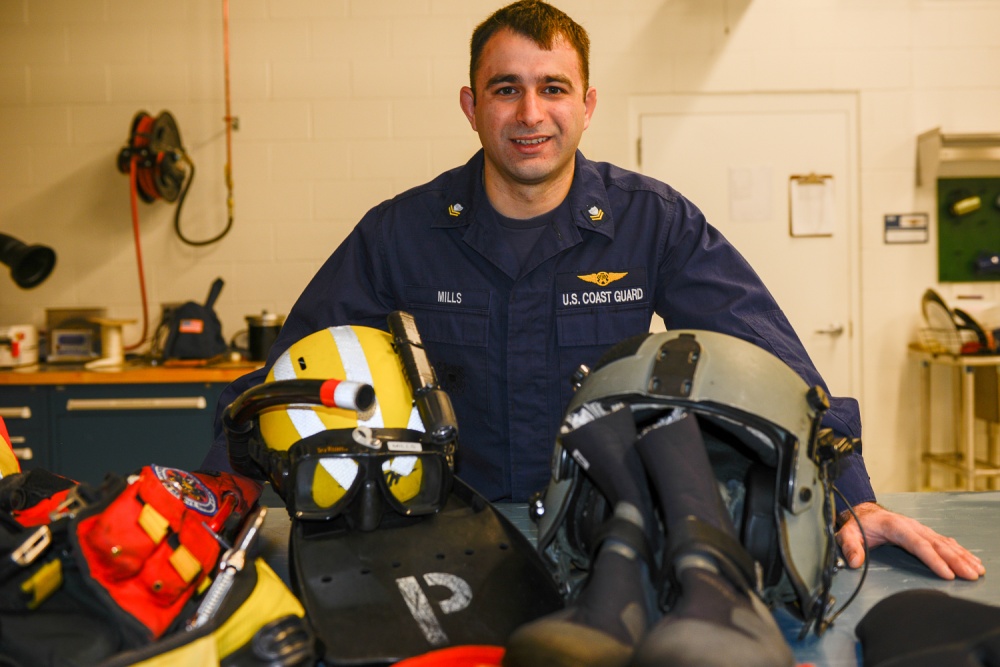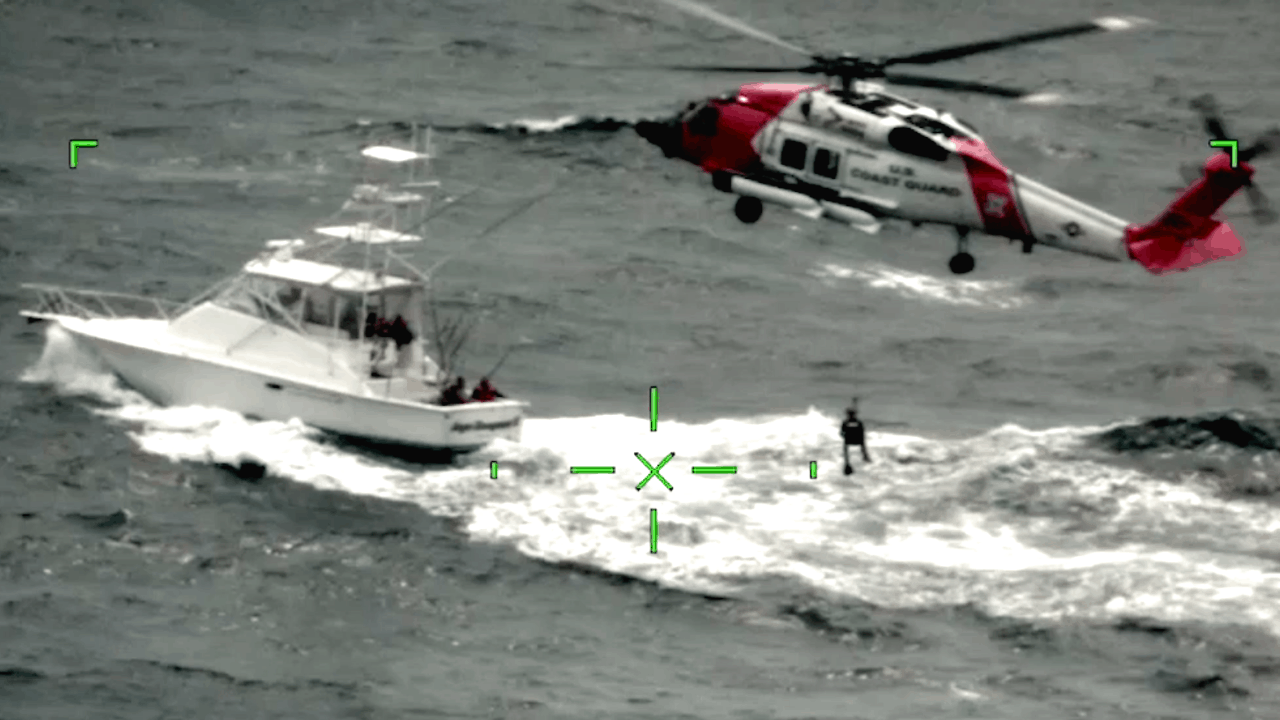

Quickly we were overhead and dropped a smoke marker, having already completed our equipment drop check and opened our ramp at the rear of the plane. I continued descending to just below the thin clouds and observed the DC-3 make a shallow turn to the north and suddenly he was on the water in cloud of spray. Bruce Clark, my copilot called out that he had the DC-3 in sight at one-o’clock low at about two miles. The sun was sinking fast! Suddenly the DC-3 pilot announced that he planned to ditch in about two minutes. And now the time was just before 6 PM, Honolulu time. While the weather was typical VFR trade wind type, there were also scattered to broken clouds at about 800′. He had already discussed possible ditching headings with the DC-3 in consideration of the wind and swells. Bill said the DC-3 was just ahead of him and below on a course of 240 magnetic. In short order we had a visual on Rollin’s C-130. Bill Rollins was atġ000′ and the DC-3 had dropped to 500′. I had Bruce Clark get us a descent clearance to cruise below 5000′. Wow! It now looked like Bill and his crew would have to depart scene just as we arrived to relieve them. With about forty minutes left before rendezvous time, the pilot of the DC-3, who was then in constant VHF radio contact with Bill Rollins, reported that he was now losing oil on his remaining engine and planned to ditch before sunset while the engine was still running. Both C-130s and the DC-3 also were controlled for air traffic purposes by the FAA using VHF and HF frequencies. Both Coast Guard C-130s (Bill and his crew in the 1348 and myself and my crew in the 1351) were controlled for the mission by the 14th Coast Guard District Rescue Coordination Center (Honolulu RCC) using high-frequency radio. Within twenty minutes we were on our way, passing Diamond Head and climbing through 5000 feet.Īs we proceeded to rendezvous with Bill Rollin’s C-130 and the DC-3, communications were paramount. At this point I elected to launch another C-130 with myself as AC, LT Bruce Clark as copilot and LTJG Duane Jefts as navigator. Could he make it to Hilo? If he didn’t and had to ditch, Bill Rollins’ C-130 might not have the loiter time left to ensure that the planes position could be marked and survival equipment dropped.

With only one engine operating the DC-3s speed was reduced dramatically and the other engine had to be run at higher power to keep the plane in the air.

Suddenly the complexion of the case had changed. About an hour or so later the pilot of the DC-3 reported that he was shutting down (and feathering #2) while he still had some oil. LT Bill Rollins was the aircraft commander of that plane and quickly headed out to intercept the DC-3 with an on-scene estimate of 5:30 PM. To get back to the story however, we decided to divert an HC-130B training flight that was over near Maui to make the intercept. In fact this type of operation was not an unusual way to ferry planes of this size and smaller to such places as Australia and New Zealand. One may wonder why a DC-3, a twin-engine transport, was making such a long overwater flight. The DC-3 pilot requested a precautionary intercept and altered course for Hilo on the Big Island. About 1:30 PM on the afternoon of March 7, 1969, a DC-3 inbound to Honolulu from Oakland reported he was past the mid-point and was losing oil from #2 engine. By Art Ladley CAPT USCG (Ret) CG Aviator 724Īnother adventure story! It happened this way.


 0 kommentar(er)
0 kommentar(er)
